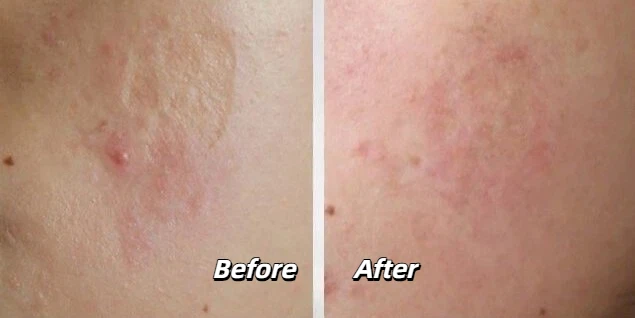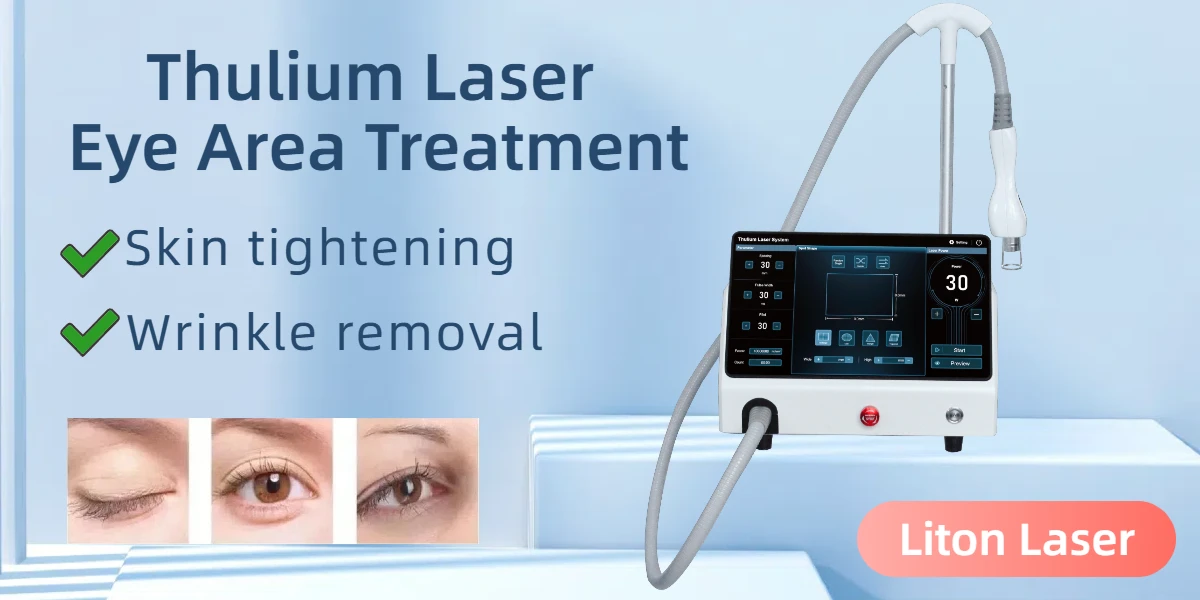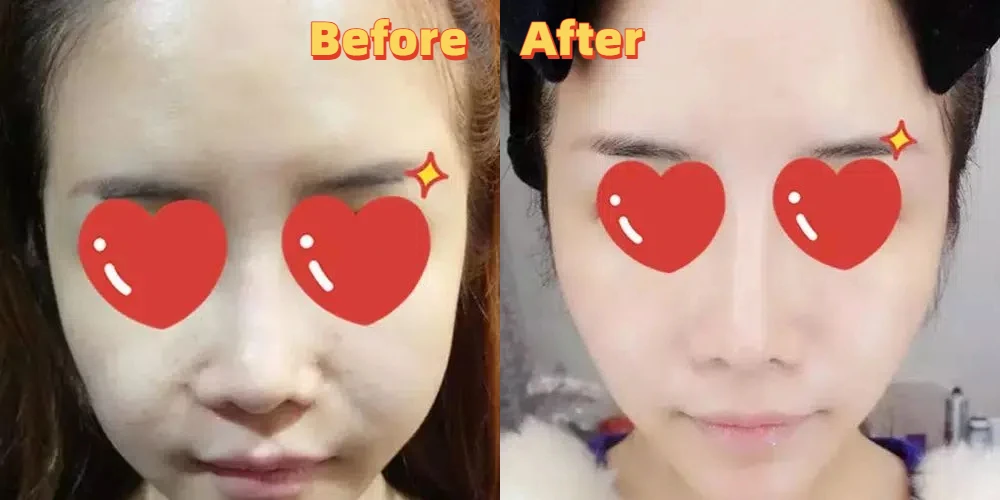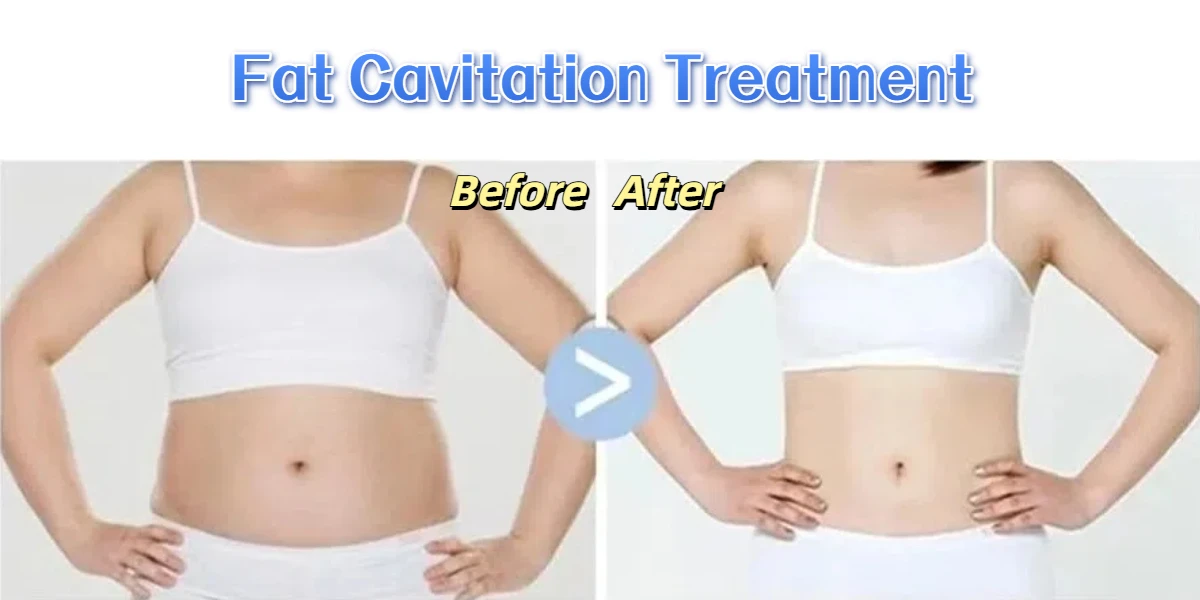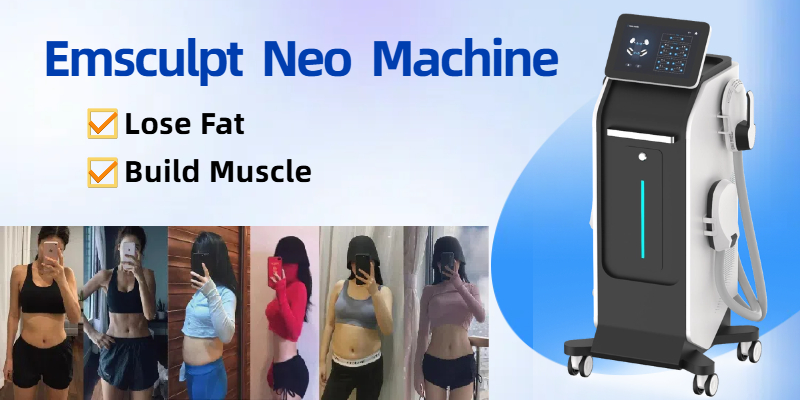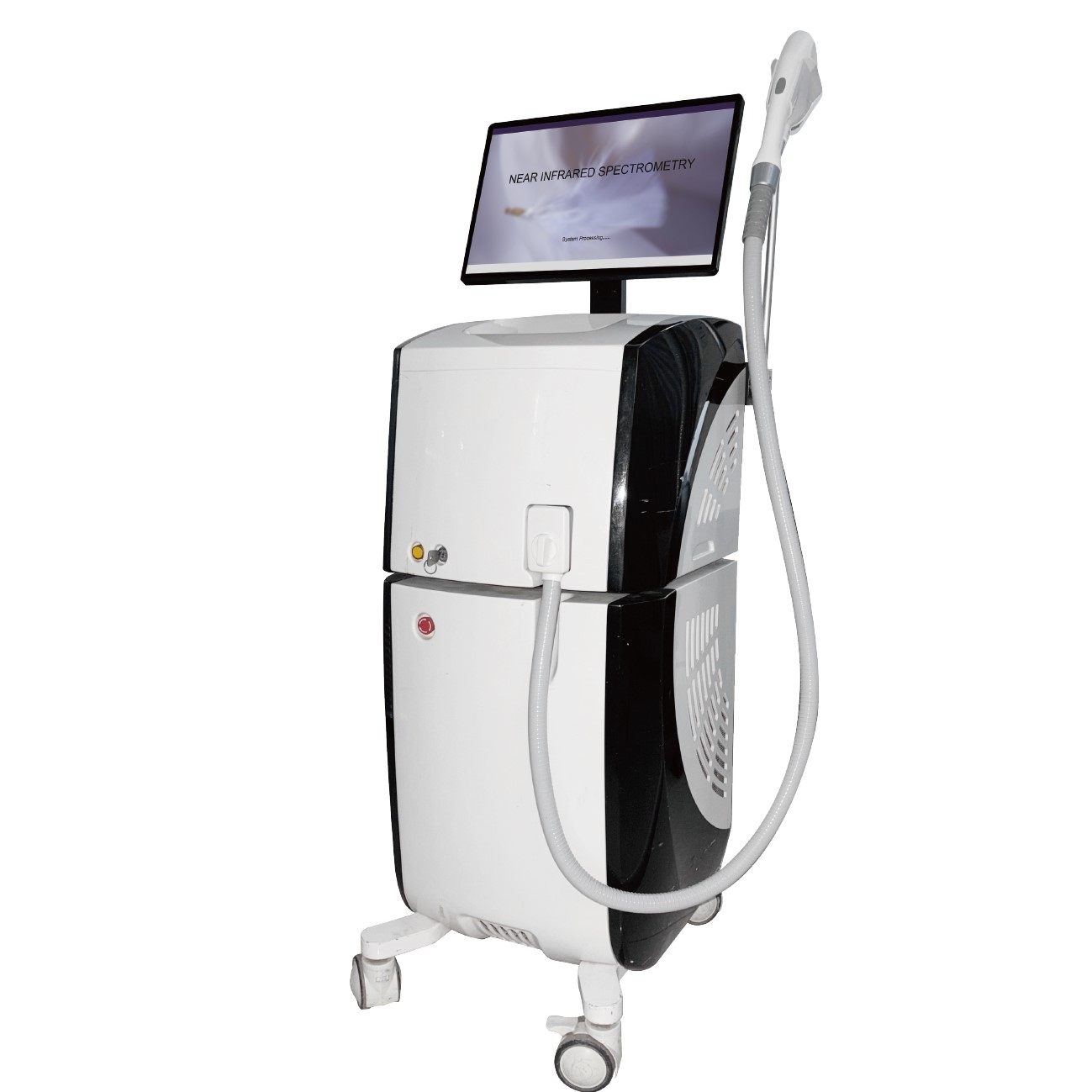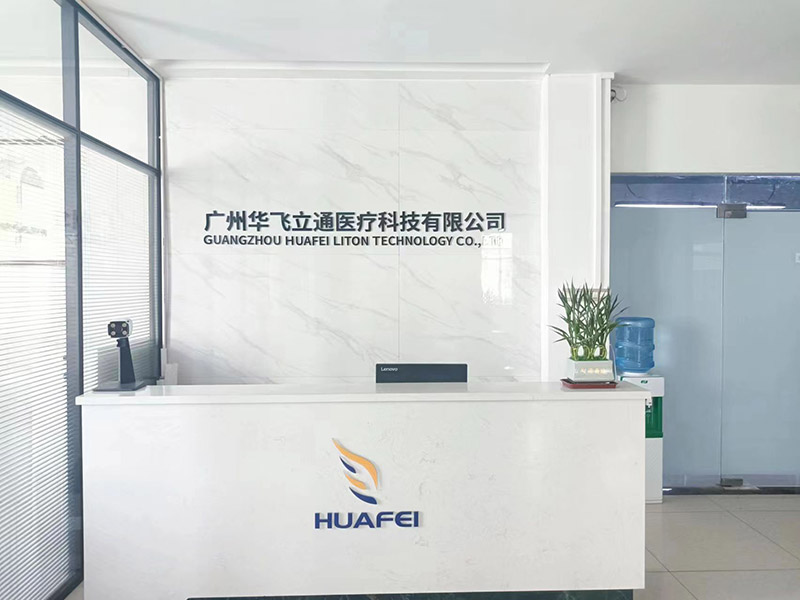Photofacial is a popular name for intense pulsed light (IPL). IPL is a strong light emitted in a pulsed manner, which is polychromatic, incoherent and non-parallel. The wavelength is usually 400~1200nm, which shows different colors, so some people call it “color light”. Because the energy emitted by traditional IPL is a decreasing wedge wave, in order to make the energy of the last two pulses reach the therapeutic amount, the energy of the first pulse needs to be increased, and the risk of skin damage is greatly increased. So the technology has advanced to the optimal pulse technology (OPT), which emits columnar light, and each pulse has the same energy, which greatly increases the safety of treatment.
After clinical practice, it was found that this light wave with consistent energy still lacks in detailed performance, so the technology came to the more advanced perfect pulse technology (AOPT), which is referred to as “superphoton” in China for the sake of communication. Through AOPT technology, the energy density, pulse width and pulse delay of each pulse can be accurately adjusted. At present, the representative application of AOPT technology is Lumenis’s M22.
In addition to IPL with AOPT technology, there is also BBL (Broadband Light) laser, which is also an IPL technology that can achieve accurate treatment. Both of them have received great praise for the effects of photofacial. So, which machine is the best for skin rejuvenation treatment, the M22 machine or the BBL laser photofacial machine?
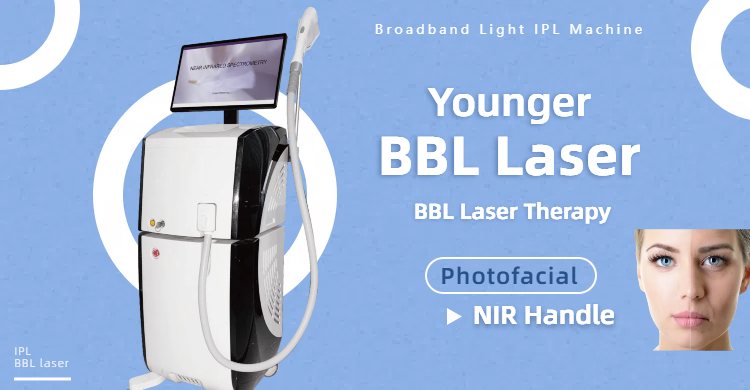
What are the features of the seventh generation M22?
M22 is the general name of Lumenis’ photorejuvenation instruments. The seventh-generation AOPT is an upgrade of the sixth-generation “Crown of the King”. It is mainly manifested in the upgrade of OPT technology to AOPT technology, which makes the photon treatment process more operable and realizes the transformation from “semi-automatic” to “full manual”, providing more room for doctors who are good at photofacial technology.
At the same time, the seventh-generation AOPT super photofacial adds two dual-wavelength filters, ACNE for acne treatment and VASCULER for vascular treatment, on the basis of the original 6 filters, thus performing better in the treatment of acne and capillary dilation problems.
What is BBL?
BBL, or BB light, is the full name of “forever young broadband light”. It is carried on the Profile super platform of Sciton Company in the United States. Its underlying technology is also IPL, which means that BBL is also a kind of photorejuvenation technology. . Its unique technical features lie in dual lamps and dual pumps, and intelligent AI algorithm pulse modulation, which can produce up to ten sub-pulses and output truly ideal square wave energy, making the photon energy more uniform and the effect more gentle. At the same time, BBL laser can also accurately control the skin temperature of the treatment area, thereby significantly reducing the risk of adverse reactions such as skin burns, making the treatment safer and more comfortable.
In addition, Stanford University School of Medicine conducted anti-aging experiments on BBL lasers and found that BBL treatment can restore the gene expression pattern of aging cells in human skin, achieve the rejuvenation of aging cells, and thus achieve the skin rejuvenation effect of gene rejuvenation. It is precisely because of these advantages that BBL is known as the Hermes of the photofacial industry, which shows that beauty lovers love it.
What problems can photofacial solve?
Photofacial systems such as M22 and BBL laser have multiple slides. The slide composition of M22 is eight filters including 515nm, 560nm, 590nm, 615nm, 640nm, 695nm, ACNE (400-600nm and 800-1200nm), Vascular (530-650nm and 900-1200nm). The BBL laser has six filters including 420nm, 515nm, 560nm, 590nm, 640nm, 695nm.
Among them, ACNE of M22 and 420nm filter of BBL are mainly used for the treatment of inflammatory acne. 515nm filter acts on the superficial layer of epidermis, and is mainly used for superficial spots of light skin color. 560nm filter can penetrate the whole layer of epidermis, and is mainly used for various epidermal spots and capillary dilation of lighter skin color. 590nm filter can reach the superficial layer of dermis, and is generally used for epidermal pigmentary melasma, skin vascular diseases, and control and elimination of skin inflammation. 615nm and 640nm filters can reach the middle layer of dermis, and are mainly used for skin rejuvenation, wrinkle removal, whitening, spot lightening, pore shrinking and other treatments. 695nm filter can penetrate the whole layer of dermis, and even reach the position of hair follicles, so it is often used for hair removal, pore shrinking and acne treatment.
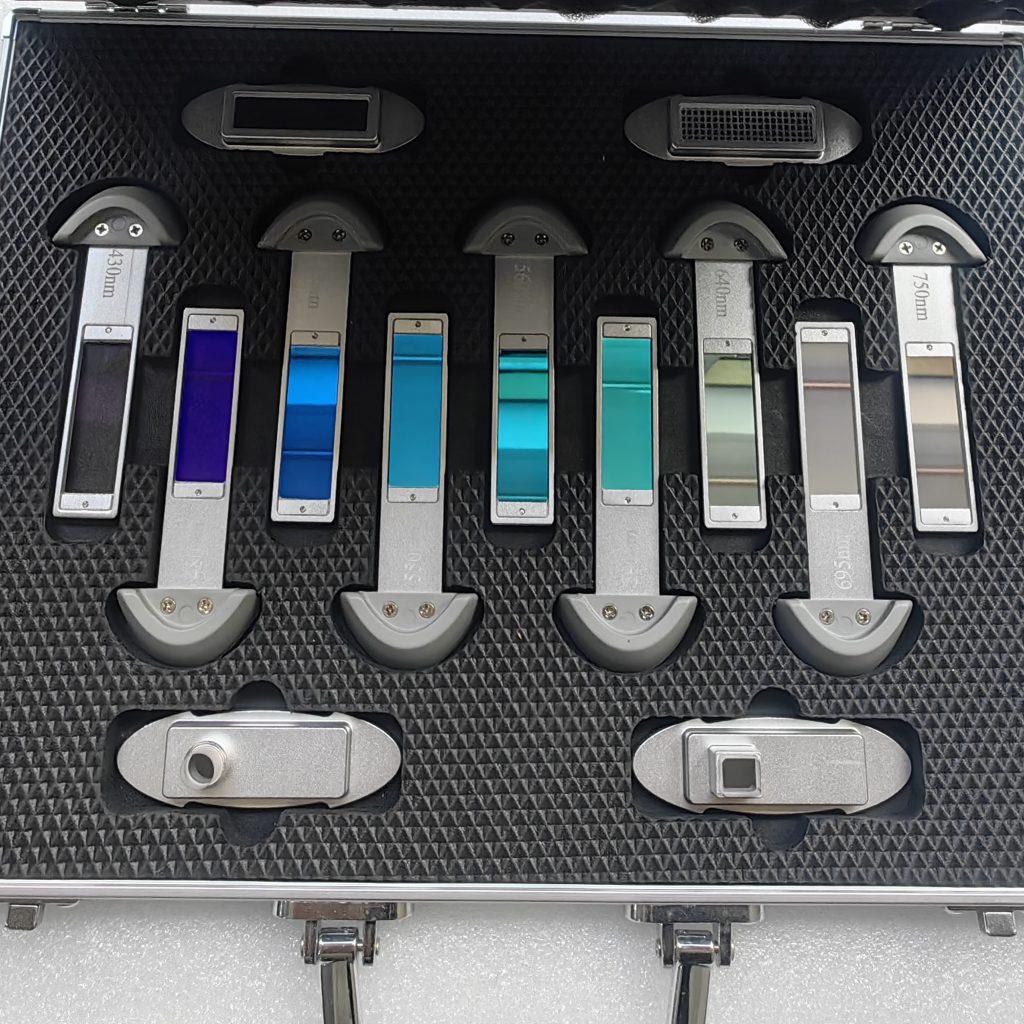
The M22’s unique Vascular filter contains two spectra, 530-650nm mainly targets superficial vascular lesions, while 900-1200nm wavelengths target deeper blood vessels. Another unique filter, ACNE, contains 400-420nm wavelengths that can inhibit the growth of Propionibacterium acnes, while 800-1200nm wavelengths can stimulate the contraction of sebaceous glands and reduce bacterial reproduction. Experienced doctors can accurately select the appropriate filter and appropriate photon energy according to customer needs, and design treatment parameters in a personalized manner to achieve skin rejuvenation, whitening, acne removal, red blood streak removal, etc.
What is the difference between the full mode and single mode of photofacial?
In fact, the so-called “full mode” or “single mode” are pseudo-concepts. Some people claim that “full mode” means to use all filters once, while others say that three or more filters can be called “full mode”, and some say that two or more filters can be called “full mode”, and using only one filter is called “single mode”.
For photofacial treatment, whether it is the so-called “300 rounds”, “400 rounds”, “full mode” or “single mode”, it is unnecessary. For treatment, it is more important to select the appropriate filter and energy according to the symptoms or needs. In order to make up the number of rounds, what is the point of using low energy to shoot 1,000 rounds, but it cannot reach the end point of treatment? Can the customer’s problem be solved well? If you can’t choose filters in a targeted manner and adjust the energy according to needs, what is the point of using all filters once, except for burdening the skin?
When doing photofacial, the treatment should be based on reason and evidence. Doctors need to make rational judgments on what skin problems the customer has, from which angle the treatment should be conducted, which filters should be selected, and what energy should be selected. Filters should not be used blindly just to meet the number of treatment shots or to meet the “full mode”. Customers should not think that more filters and more shots can bring better results.
What is the main function of M22 and BBL laser?
Since the underlying theoretical architecture of the two machines is the same, we call them photofacial. With this name, its function is self-evident. The first function of Photofacial is skin rejuvenation. When the intense pulsed light acts on the skin tissue, it can produce photothermal and photochemical effects, stimulating the rearrangement of the collagen fibers and elastic fibers of the skin, thereby improving fine lines, shrinking pores, and achieving skin rejuvenation effects. Second, photons can fade spots and brighten the skin. After absorbing a large amount of heat, the large pigment particles on the surface of the skin will explode and break into small pieces, and form scabs and fall off as the skin changes, thereby brightening the skin tone and reducing spots. Third, it is also through the photothermal effect that the dilated capillaries can gradually close, which has a good effect on problems such as telangiectasia, sensitive skin, rosacea, and red acne marks.
How to choose between M22 and BBL laser?
As an entry-level medical beauty project, M22 is more affordable. Of course, some prices are extremely affordable, so it is recommended that you do not choose them: first, the machine may be fake, the energy may be unstable or the filter may be inaccurate, which greatly increases the risk of side effects such as burns and pigmentation; second, there may be no face-to-face consultation with a doctor, and even the operator may not be a doctor, let alone an officially certified doctor of Lumen. The uncertainty of proper operation is greatly increased. From a technical perspective, M22 uses AOPT technology, which has multi-parameter controllability such as pulse width, pulse energy, pulse delay, number of sub-pulses, and sub-pulse energy density. It can design treatment parameters more personalized. For experienced therapists, it is an instrument that can give full play to personal photoelectric talents. BBL laser uses a dual-lamp pump, and the intelligent AI algorithm allocates the number of sub-pulses and sub-pulse energy to achieve an ideal square wave pulse, with more uniform energy, gentler effect, and also safer and more comfortable. Correspondingly, the current market price of BBL laser is also higher than that of M22. Therefore, if you value the comfortable experience of treatment and have sufficient funds, you can choose BBL laser treatment. If your skin tolerance is better, you can choose M22 treatment.
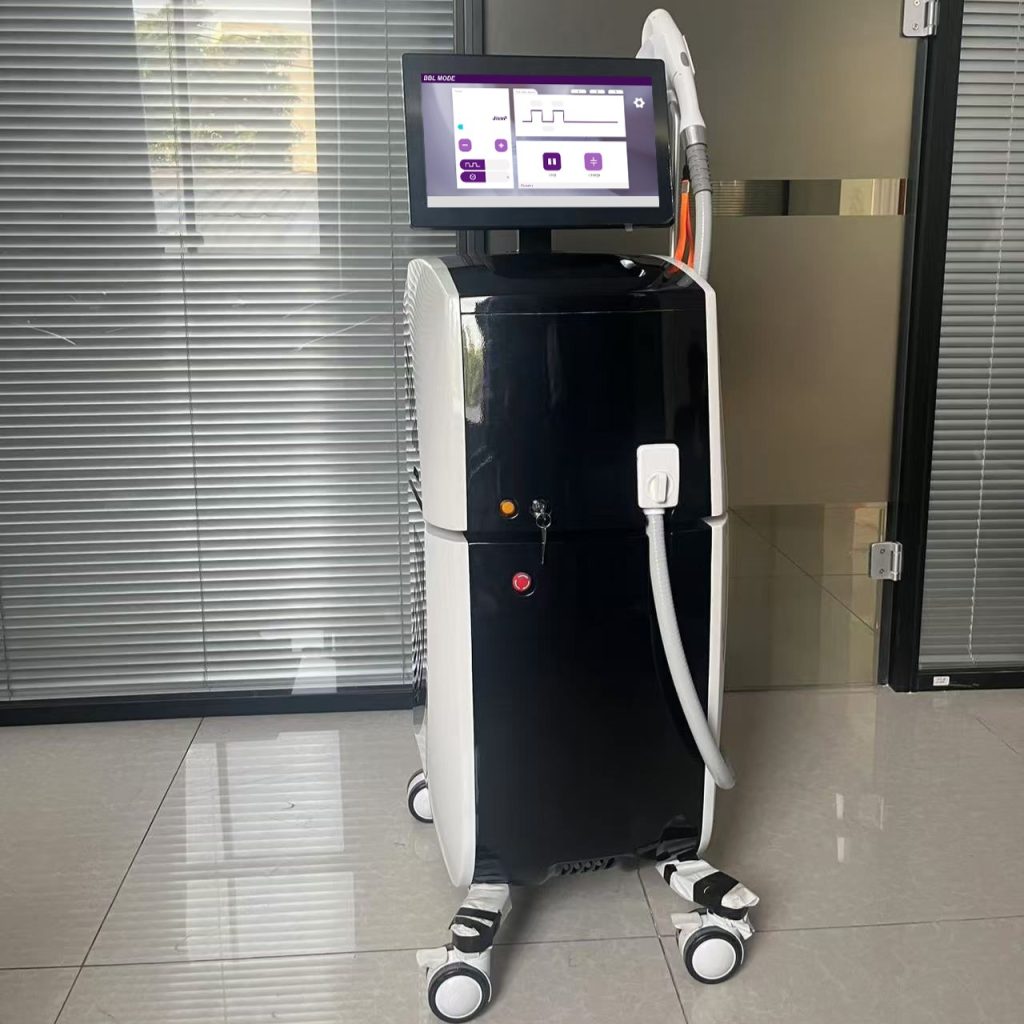
What are the indications for photofacial?
Photofacial has a wide range of treatment indications, including:
- Skin photoaging, fine lines, pigmentation, etc.;
- Vascular lesions, such as capillary dilation, strawberry hemangioma, skin traumatic erythema, laser postoperative erythema, etc.;
- Epidermal pigmentary lesions, such as freckles, pigmentation, chloasma, freckle-like nevus, etc.;
- Skin texture changes, such as rough skin, enlarged pores, mild fine lines, etc.;
- Hair removal.
Does photorejuvenation have a greater effect when the energy is higher?
Definitely not. The energy of Photofacial needs to be balanced to take into account both the effect and the adverse reactions. We should pursue both the effect and safety. This is also my philosophy of pursuing “moderate” medical beauty. If we blindly pursue high energy, there may be risks such as burns and spots. And overly conservative low energy will obviously not have a good effect.
In what cases can photofacial treatment not be performed?
Photofacial has relative contraindications and absolute contraindications. Relative contraindications can be considered or not after weighing the pros and cons. If you want to do it, you must carefully adjust the parameters to reduce the probability of adverse reactions as much as possible. Absolute contraindications are situations that must not be done.
Relative contraindications mainly include:
① Skin that has just been exposed to the sun, or skin that will be exposed to the sun in the near future, such as traveling to the plateau, skiing at the snow resort, etc.;
② It should not be treated during pregnancy to prevent the customer from causing uterine contraction due to the mental tension of the photoelectric flicker, which will affect the fetus. There is no effect during pregnancy preparation or lactation.
③ Oral photosensitizing drugs such as isotretinoin have been taken within the past month;
④ Customers with scar constitution, diabetes, alcoholism, and those who are using anticoagulant drugs (aspirin, clopidogrel, etc.) and have coagulation diseases.
Absolute contraindications mainly include:
① Solar dermatitis, skin malignancies or precancerous lesions;
② Photosensitive skin diseases, such as lupus erythematosus;
③ Acute skin infections, such as herpes, frostbite, etc.;
④ Very dry and thin skin;
⑤ Open wounds such as cracked skin;
⑥ Patients with too high expectations for treatment.
What are the common photosensitivity drugs and foods?
1. Vegetables: celery, lettuce, coriander, fennel, leek, shepherd’s purse, amaranth, etc.
2. Fruits: mango, lemon, fig, etc.
3. Seafood: snails, shrimps, crabs, clams;
4. Drugs: quinolones, tetracyclines, anti-tuberculosis drugs, non-steroidal anti-inflammatory drugs, thiazide diuretics, retinoic acid, antihistamines, etc.
Are there any side effects or adverse reactions to Photofacial?
- Burns may occur. After a burn occurs, you must contact the doctor in time and treat it according to the severity of the burn under the doctor’s guidance.
- Acne may worsen. Inflammatory acne skin often relapses or worsens after the first photorejuvenation, mainly because the light and heat stimulation stimulates the inflammatory response of acne. Strengthening moisturizing and sun protection after surgery can improve this situation. Adhering to multiple treatments can change the texture of acne skin and prevent recurrence.
- The skin may have a short-term photosensitivity reaction. Let the skin rest for at least one week after exposure before treatment, apply cold compresses in time after surgery, strictly protect against the sun when going out after surgery, and avoid sun exposure, which can reduce the incidence and severity of this risk.
- Inflammatory pigmentation, which is what everyone calls anti-blackening. It mainly occurs in people with darker skin. The previous three acute risks may cause pigmentation.
What should I do if skin pigmentation occurs after treatment?
If some acute skin reactions occur after treatment, you should first contact the treating doctor as soon as possible to control the acute reactions as soon as possible and reduce the risk and degree of postoperative pigmentation. If pigmentation has already occurred, you can use L-vitamin C serum for massage or introduction, strictly moisturize and protect against the sun, extend the treatment interval, and extend the pulse width and reduce the energy when treating again.
Can a photofacial be treated on the same day as a chemical peel?
It is generally recommended to have treatments every 2 weeks. You can also do a chemical peel first, and then give a low-energy photofacial after the treatment has cooled down sufficiently.
How to take care of your skin after photofacial?
(1) Apply a cold mask for 20 minutes immediately after treatment to cool the skin down;
(2) Apply moisturizer and sunscreen after washing the skin. You can put on makeup, but avoid makeup within one week;
(3) Avoid exposure to the sun. Take good sun protection measures when going out, such as wearing a hat, holding an umbrella, wearing a mask, and applying sunscreen (SPF30 or above, PA++ or above);
(4) Avoid strenuous exercise within 2 days, avoid bathing or washing your face with overheated water, and avoid high-temperature environments such as saunas;
(5) Perform basic cleaning and moisturizing, and avoid using whitening and anti-wrinkle products containing irritating ingredients such as fruit acid, salicylic acid, and vitamin A;
(6) If skin damage or burns, photosensitivity reactions, blisters, etc. occur, contact the treating doctor as soon as possible and follow the doctor’s advice for treatment;
(7) You can use 1 moisturizing mask every day for 2-3 days after surgery, and then reduce the frequency to 1-3 times a week.
What is a photofacial treatment?
If you only do the treatment once, the effect will be limited. It is generally recommended to start with 3 times, once a month, and then reduce the frequency to once every 2-3 months; 5-6 times can see better results.
How to buy a BBL laser photofacial machine?
Liton Laser produces and develops BBL laser equipment for anti-aging, hair removal and photofacial treatments. And an additional NIR handle is added to assist in skin rejuvenation.
If you are a beauty salon owner, clinic doctor or dealer, distributor, and need the latest BBL laser beauty equipment, you can contact us at any time.


